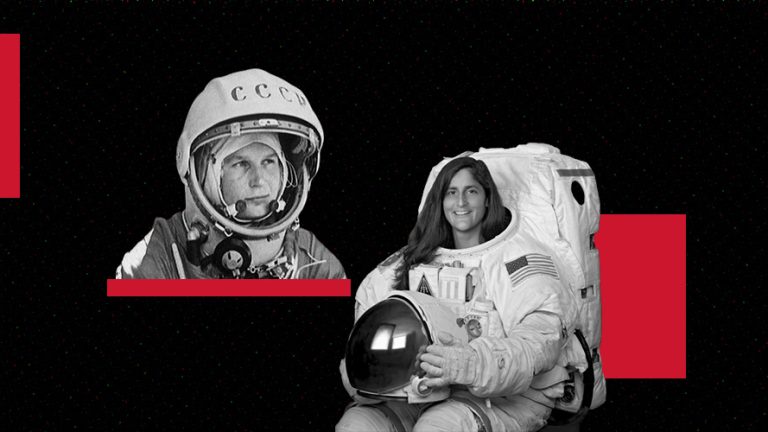History of women in space. The state of women astronauts and space exploration by women
Humans have always been attracted by space and the mysteries it contains. But in the world of space exploration by women, which have long been underrepresented. Despite this, numerous women astronauts have made important contributions to the industry, both as astronauts and in support roles. In this article, we’ll examine the history of women in space, including their challenges and successes in a predominately male field. Soviet astronaut Valentina Tereshkova, who flew on the Vostok 6 mission in 1963, became the first woman in space.
Tereshkova had arduous training before being picked for the mission after being chosen from over 400 applications. She completed 48 Earth orbits throughout her journey, which was slightly under three days long. In the space race, Tereshkova’s flight was viewed as an important accomplishment for the Soviet Union and a propaganda victory over NASA of the United States.
Before another woman ventured into space, it would be almost two decades. Sally Ride, aboard the Challenger, became the first American woman in space in 1983. The ride was a physicist who was chosen from a field of more than 8,000 candidates. Ride conducted physics and biological tests while she was in the air, and her expedition was hailed as a major step forward for women in science.
Tereshkova and Ride were successful, but there were still considerable impediments for women working in space exploration. For instance, it took NASA until 1978, 19 years after the organization’s founding, to choose its first female astronaut. Even back then, the selection of astronauts was skewed heavily in favor of men, with male astronauts were frequently chosen over their equally capable female counterparts.
Women were frequently forced into supporting positions in the early days of space travel, such as secretaries and nurses, and were not permitted to take part in the same training programs as male astronauts. When NASA started hiring women for support roles and then for astronaut training in the 1960s and 1970s, this changed.
The notion that women weren’t emotionally or physically capable of enduring the rigors of space travel was one of the biggest obstacles for women in space exploration. This assumption was founded on some fallacies, including the notion that women were too weak to endure the physical rigors of spaceflight and that they were too emotionally fragile to handle the stress of being in space. For many years, even though more and more women were starting to work in the industry, these myths persisted.
Women nonetheless had a big impact on space exploration despite these obstacles. While Eileen Collins became the first woman to pilot a spacecraft in the 1990s, astronaut Kathryn Sullivan made history as the first American woman to walk in space in the 1980s. In the future, Collins would lead a space shuttle mission for the first time as the mission’s commander.
Women have contributed significantly behind the scenes to space exploration in addition to their accomplishments in space. Engineered, scientific, and administrative roles have all been filled by women who have contributed to the design of spacecraft, experimentation, and mission management. Margaret Hamilton, who served as the Apollo program’s principal software engineer and created the program that directed the Apollo spacecraft to the moon, is one example of a strong woman.
Even now, women are breaking through boundaries in space exploration. By spending 328 days on the International Space Station in 2020, NASA astronaut Christina Koch broke the previous record for a woman’s single-longest spaceflight. As proof that women are equally capable of handling the hardships of spaceflight as men, Koch’s trip was hailed as a key turning point for women in space.
Notwithstanding their achievements, women in the realm of space exploration still have a lot of obstacles to overcome. Women are still underrepresented in the astronaut corps, and many of the obstacles, like sexism and bigotry, that have historically kept them out of the field still exist.






Add comment